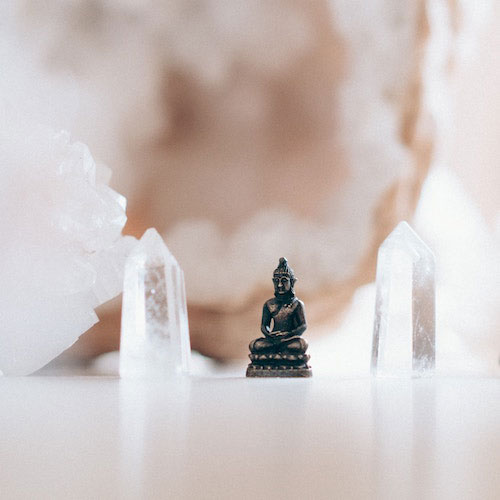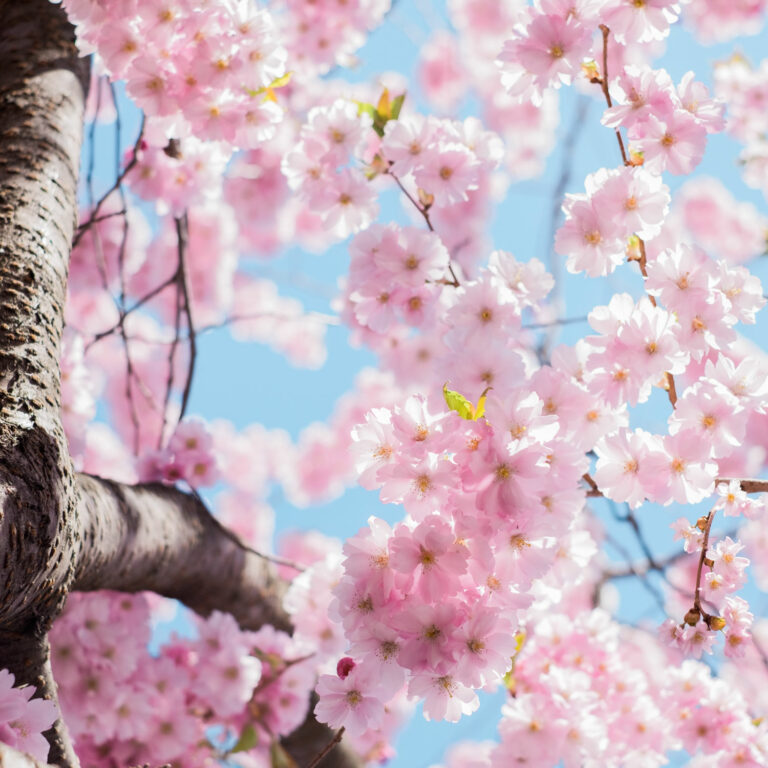Whether you’re new to Yoga or have been going to classes for years, you may find yourself wondering, what the heck is a Sutra? Rest assured, you are not alone. This is perhaps one of the most wildly misunderstood areas of Yoga. To best answer your question, let’s start with what a Sutra is not.
What a Sutra is NOT
A Sutra is not:
• How to Meditate
• How To Sit
• What Posture is Best
Many American practitioners think Yoga is simply a combination of positions with unnecessarily descriptive names – like “downward dog” and “corpse pose” – that stretch and strengthen your body. Some believe you have to sweat to do Yoga. In a Bikram class they even turn up the heat, literally, to achieve greater blood flow, and therefore distribution of oxygen, throughout the body.
Some will tell you that Yoga includes deep breathing exercises – which it does – but the inclusion of breath still does not encompass all that is ‘Yoga‘.
Yoga is a state of mind – and that is where the Sutras begin.
What a Sutra IS
A Sutra is:
• What Yoga Is
• Why Yoga Is
• How Yoga Is
If you read the wiki definition you will learn that SUTRA is a collection of aphorisms in the form of a manual. If you read further you will also learn that the word SUTRA literally translates as a “thread or line that holds things together”. I like this last definition for many reasons.
The Sutras, recorded by the Indian Philosopher Patanjali, are 195 phrases (aphorisms) sewn together into one text, separated into 4 chapters. They are the thread that runs through Yoga itself.
Think of Sutras like short sound bites, strung together the way you might string beads with thread to keep them from rolling away. These sound bites are used to hold still our thoughts (like the thread with the beads) so that we may clear our minds of everything holding us back.
What the Sutras ARE
Again, let’s start by addressing what the Sutras are NOT. They are not a bible or sacred text intended to be a historical account of facts. They are aphorisms meant to strengthen our minds. While they existed before Patanjali, he is often credited for their existence.
Before Patanjali the Sutras were an oral tradition passed from teacher to student. While this oral practice was essential, Patanjiali also felt their written importance; hence he was the first to put them in the written form. The vast majority of the Sutras refer to the calming of the mind and spatial presence, while only a small percentage (roughly 1.5%) reference posture and pose.
I mentioned that the Sutras are recorded in 4 chapters. They are:
• Samadhi Pada I: Contemplation and Meditation
• Sadhana Pada II: The Steps To Union
• Vibhuti Pada III: Union Achieved And Its Results
• Kaivalya Pada IV: Illumination and Freedom
A great wealth of knowledge can be acquired through the many educational Sutra books available. The eloquence of the twilight language is one of the many beauties of yoga; however, Sutra texts often prove difficult to understand even to the most eager (advanced) yoga student. Throughout my years as a yoga instructor, I have read and re-read them dozens of times, as well as incorporated each and every one in my yoga teacher trainings. Integration is key as Sutras are the FOUNDATION of yoga and as such they must be an integral part of training. The very best way to understand them is to have a qualified teacher.
A common query I receive from my students is “how do I connect my understanding of Sutra teaching with my faith?” I like to respond with this:
“Realization may also come if one is oriented toward the idea of pure awareness and devotion to the Divine.”
My father always says, “Religion is the way we practice. Spirituality is the way we live.” The important thing is not the particular religion to which we subscribe, but how we live our lives. No matter our religion, the spiritual practice of love, devotion, and surrender will bring us close to our idea of the Divine.
Learn the sutras – the secret to a healthy, happy life of accepting and joy! Join Marianne at any one of her training retreats throughout the year in Costa Rica, Bali, Spain, Mexico. Learn More.
XOMarianne








